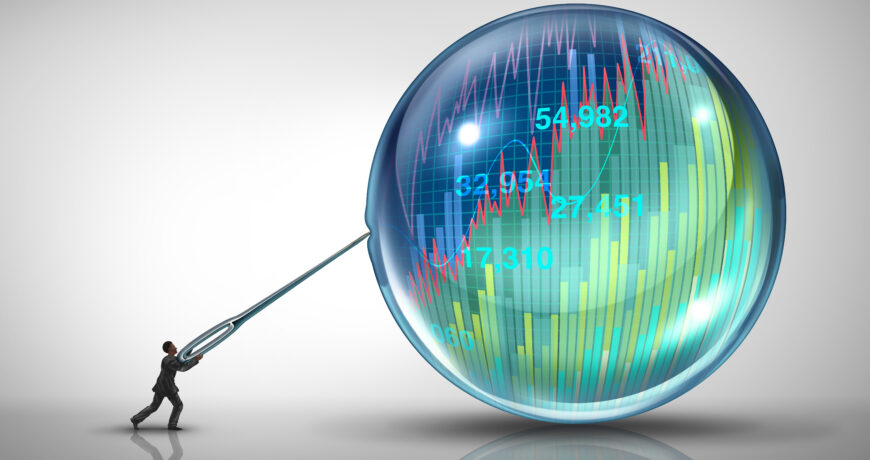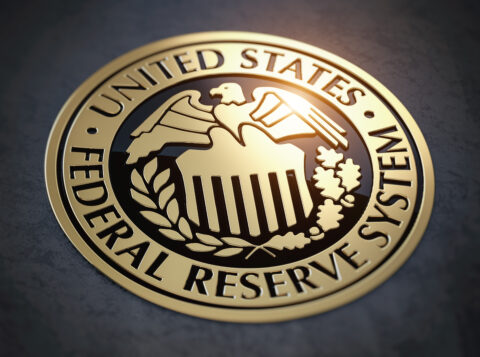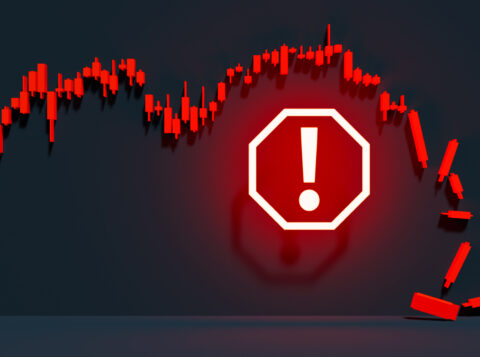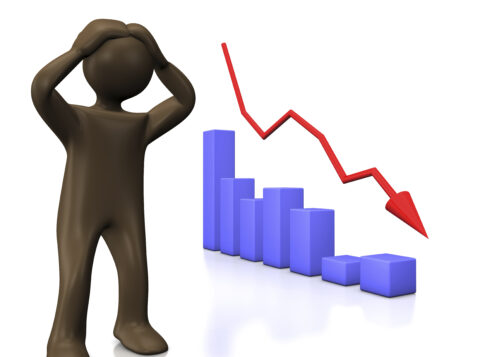
The Importance of Stock Bubble Stages
In context, a financial bubble is observed disbelief when prices increase, and stocks become overvalued. A bubble can pertain to individual stocks, an entire sector, market, or asset class. When the bubble ‘bursts’ stocks or assets are sold off and prices rapidly decline. The burst leads to a crash. While the collateral of the burst depends, it may spill over into other areas. For example, the U.S. dotcom bubble in 2000 and the 2008 real estate bubble bursts lead to severe recessions.
Stages of a Bubble
- Displacement begins when investors obsess over new ideas or opportunities such as technology. During these periods prices will steadily, but slowly, rise.
- Boom follows as the momentum from the displacement catches. While more people invest in the specific asset, widespread attention is brought upon it. The bigger the audience, the more people decide to invest because they want in on the success. As more investors invest even more follow.
- With prices still going up, euphoria reaches extremes that keeps a steep rise on prices. What plays out next is that people are fooled into still buying more.
- Fourthly, profit-taking begins when institutional investors take advantage of the warnings sign that the bubble is just before its bursting point. These investors begin selling first and take profit. However, predicting the exact moment of popping is difficult.
- Popping the bubble could be a major event or a minor jab at the bubble’s edge. Inducing panic, investors want to liquidate assets immediately at any price. This creates a supply that overcomes demand. Prices drop drastically quickly.
Causes of Bubbles
There are limitless ways bubbles can begin, especially in our global economy. The following are major historical influencers:
- New products or technologies create demand which increases prices.
- Supply shortages of an asset/item creating a climb in price.
- Interest rates hit a low, encouraging borrowers to establish lines of credit or take out loans. This leads to increased spending and investing.
- An uptake of foreign investors come in due to favorable opportunities.
When the Bubble Bursts
Bubble bursts can be triggers by major or minor events. Ultimately, inevitably, bubble must pop. The aftermath can be short-lived where little loss is experienced.
However, the worst-case scenario is a stock market crash leading to a recession (which could lead to a depression). What matters most is the size of the bubble—meaning small or specialized assets classes or bigger sectors such as real estate or tech. After size what matters most for impact is how much investment money is involved.
Debt-fueled bubbles can lead to long-lasting recessions. Our most recent example of this is the housing bubble pop in 2006-07 that jumpstarted the Great Recession.
How will this impact your retirement assets? Listen to The Retirement Risk Show episode “Cause and Effect: Stock Market Edition” where Dave Hall provides an in-depth analysis of the current market, discusses historic crashes and corrections, and speaks about what a market crash in the foreseeable future would mean for you retirement and how to protect your retirement assets before that crash does happen.





